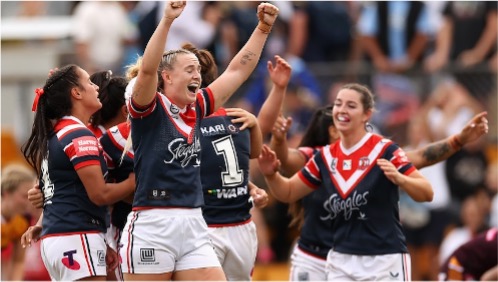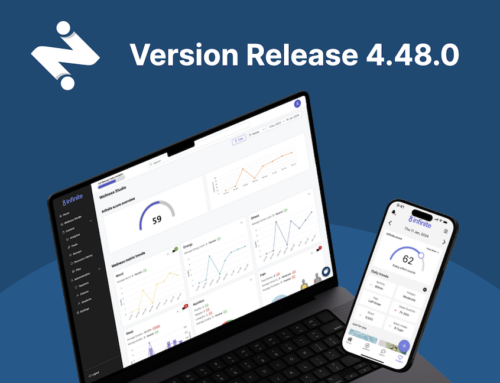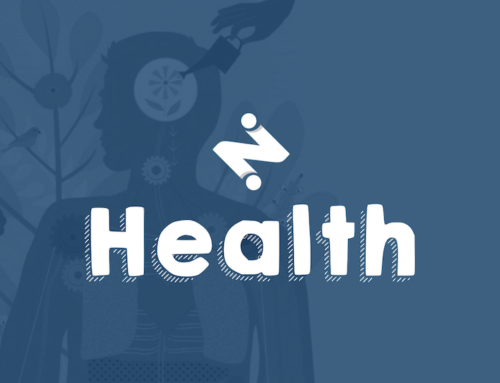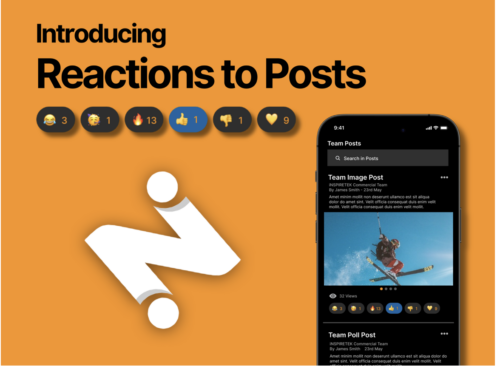A recent study conducted at The University of Queensland has highlighted the important role that technology can play in expanding and increasing access to mental health and wellbeing support for athletes, and in particular semi-professional female athletes.
To read the full study, click here.
We sat down with Isabella Miroch, one of the students who conducted the study, to talk more about her team’s findings and potential action items to address the gap that exists in women’s sports with wellbeing technology and support tools.
What role can technology play in expanding and increasing access to mental health and wellbeing support in general, and specifically with semi-professional athletes?
Isabella: From a general perspective, technology gives people the opportunity to share their experiences whether positive or negative with another person, group of people or an audience. This gives individuals who have encountered similar experiences the ability to create a community, which can act as a network of support which will lead to people feeling less alone in their perceived struggles.
From a semi-professional athlete perspective, technology can help provide coaches or relevant support staff with data and information regarding mental health and well-being that is more difficult to be attained face-to-face with semi-professional athletes. For example, clubs utilising well-being technology may attain player feedback through surveys or well-being scales, to get an idea on how their pool of athletes are travelling both individually and as a collective group. Having access to this data as a coach and support staff is vital, especially for female athletes, as currently there are so many factors that may interfere with their athlete’s ability to perform in both training and during competition. And from a support staff perspective, this data can provide a starting point for conversation with their athletes regarding how they are going to address and manage any declining aspects of their athletes well-being.
Did you find any push back among coaches/support staff, or was it viewed as a positive to give more tools and resources to the players?
Isabella: We did not experience many instances of push-back by support personnel during our study. As to be expected, the only push-back we really encountered were the competing demands for time, as this study took place at the same time as the NRLW season. All support personnel wanted the best structures to be readily available for their players, as they knew that these support structures would more effectively help players manage their physical and emotional loads. As at the end of the day, access to these structures would also improve their players development and ability to dedicate more of their time towards the NRLW competition.
What are the major barriers in women’s sport when it comes to support systems around physical and mental health? Is it mostly related to funding and investment?
Isabella: I would say that funding is currently the most prevalent barrier in preventing access to support systems for physical and mental for female athletes. This is because if there is limited financial resources within a professional organisation that can be dedicated to supporting their players physical and mental well-being, it is likely that the foundation of these corresponding support structures will be both under-resourced and ineffective.
If organisations were able to dedicate more financial resources to developing and expanding their support structures that are focused on supporting their players physical and mental well-being, I think they would find that many of the other barriers that semi-professional and professional female athletes encounter (ex. specifically individual time and financial constraints) would begin to eventually subside.
Do mental health and wellbeing platforms need to approach working with women and girls any different than boys? Are there unique use cases of the platform?

Isabella: I think platforms do need to approach working women and men differently. This is because female athletes will experience and encounter different barriers within their pathway to professionalism. For this reason, at this stage I believe that these platforms do need to account for further considerations for semi-professional female athletes. For example, more effectively accounting for well-being aspects fatigue and mood, which may be influenced from their other commitments like part to full employment, and or tertiary education.
Another aspect that I believe well-being platforms must effectively track, is the resistance-based sessions completed by the female athletes within their own time. As many of these athletes are currently completing home-based strength training outside without the supervision of their coaches, effective monitoring and tracking of these sessions is absolutely vital. This way, strength and conditioning coaches can actively track their athlete’s regression or progression in these sessions, as well as be aware of what their athletes are completing during these unsupervised hours to prevent the possibility of over-training and physically burning out their athletes.
In conclusion, the report highlights the significant role that technology can play in expanding and increasing access to mental health and wellbeing support for semi-professional athletes. It also emphasises the need for funding and tailored approaches for female athletes to overcome barriers to support systems.
At iNSPIRETEK, we understand the unique challenges that semi-professional and professional female athletes face when it comes to physical and mental wellbeing, and our Wellness Management Platform is specifically designed to address these needs. If you’re interested in learning more about how iNSPIRETEK’s wellness management platform can benefit your team, contact us today to schedule a demo.





